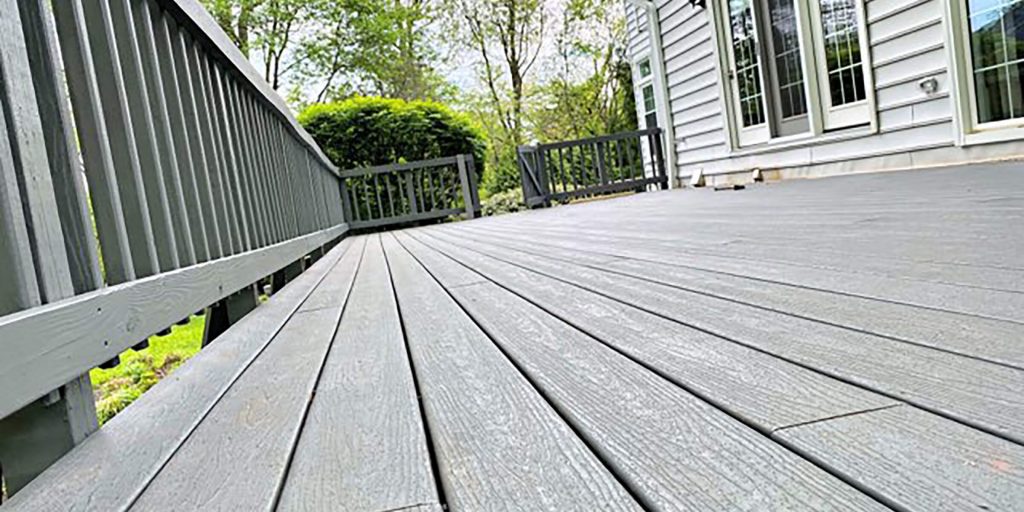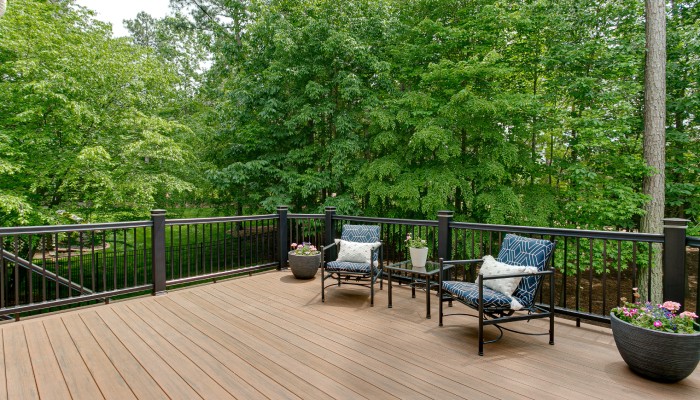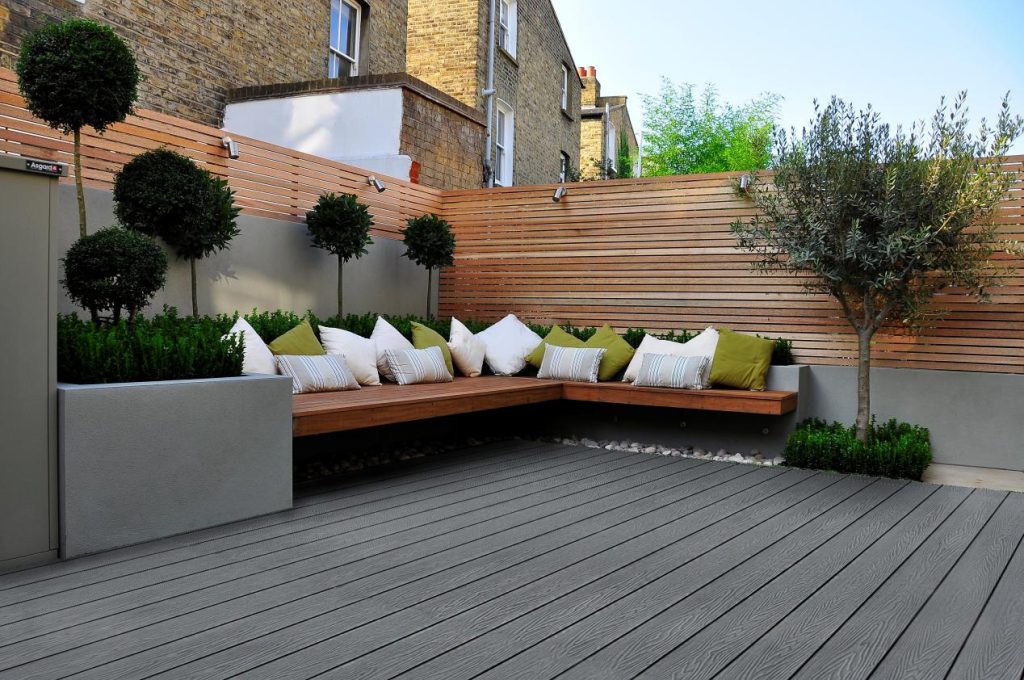Deck wood is an important material in outdoor construction and is widely used in areas such as patios, gardens, and around swimming pools. Choosing the right wood not only improves aesthetics, but also affects durability and maintenance costs. This article will provide a detailed analysis of common deck wood types and costs to help consumers make an informed choice.
Table of Contents
Common deck wood types
Hardwood deck wood
Hardwood is usually provided by deciduous tree species such as oak, teak, redwood, etc. Known for their hardness, density, and durability, these woods are ideal for high-end decks.
- Teak: Teak has strong corrosion resistance, is particularly suitable for outdoor environments, and has very good weather resistance. Its natural oils make it less susceptible to water absorption, making it less likely to rot or warp. However, teak costs more and requires regular maintenance to maintain its appearance.
- Redwood: Redwood is also a common hardwood material with deep color, beautiful texture and excellent durability. Redwood has strong corrosion resistance and is suitable for long-term exposure to outdoor environments. Although redwood is more expensive, its durability and beauty make it a top choice for high-end deck projects.
- Oak: Oak is hard and durable, but less resistant to corrosion than teak and mahogany. Oak decking often requires additional antiseptic treatment to increase its longevity in outdoor environments.
Cork deck wood
Softwood lumber comes primarily from coniferous trees such as pine and fir. They are relatively light, easy to work, and suitable for most residential and commercial settings.
- Pressure-treated wood: Pressure-treated wood (such as pressure-treated pine) is often chemically treated to increase its resistance to corrosion and insect pests. This type of wood is less expensive but requires regular inspection and maintenance, especially in environments with heavy moisture.
- Cedar: Cedar is a highly weather-resistant wood whose natural aroma and beautiful grain make it an ideal decking material. While cedar performs well in outdoor environments, it is still not as durable as hardwood.
- Redwood: Redwood wood is slightly harder than pine and more resistant to corrosion, but it is less expensive than hardwood, making it suitable for some decking projects on a tighter budget.
Composite deck
Composite wood (WPC) is manufactured by mixing wood fibers with plastic to provide high strength, good corrosion resistance, and requires little maintenance. As technology advances, composite wood becomes more and more similar in appearance to natural wood, making it an increasingly popular decking material.
- Advantages: Composite decking is corrosion-resistant, insect-resistant, easy to clean, and not prone to cracking or deformation.
- Disadvantages: Despite its greater durability, composite wood typically has a higher initial cost and has a different look and texture than natural wood, which some consumers may prefer.

Cost of deck wood
The cost of deck lumber varies widely depending on the type, quality and treatment. Generally speaking, hardwood deck lumber costs more than softwood and composite materials.
Hardwood deck lumber:
- Teak: About $8-$15 per square foot.
- Redwood: Approximately $6-$12 per square foot.
- Oak: About $5-$10 per square foot.
Softwood Deck Lumber:
- Pressure treated lumber: Approximately $2-$5 per square foot.
- Cedar: About $4-$8 per square foot.
- Sequoia: About $3-$6 per square foot.
Composite deck:
- Composite wood: Approximately $5-$10 per square foot, possibly more depending on brand and technology.
Factors for choosing deck wood
- Budget: Hardwood and composite materials require a larger initial investment and are suitable for projects with a generous budget; while softwood lumber is suitable for users with a tighter budget.
- Durability and Maintenance: Hardwoods and composite materials generally require less maintenance, while softwood lumber may require periodic preservatives and cleaning.
- Appearance and design: Natural woods such as teak, redwood, cedar, etc. have natural texture and color, which are suitable for projects pursuing high-end appearance; composite wood has a more modern look and is not easy to fade.
- Climate and Environment: For humid or rainy areas, corrosion-resistant hardwoods and composite materials are more suitable. For areas with drier climates, ordinary softwood lumber can also be used.




